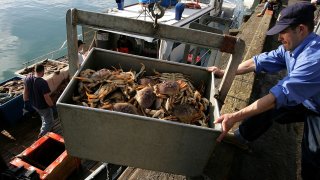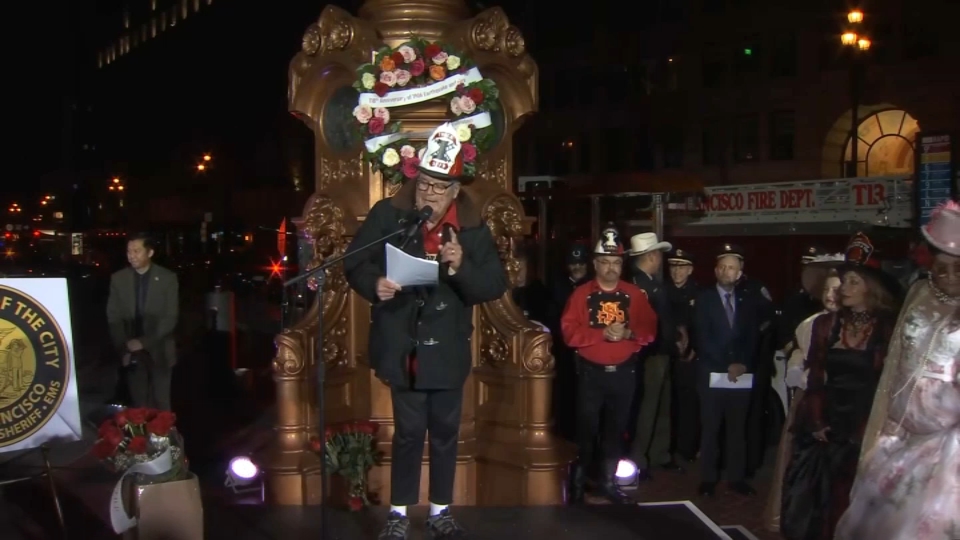
Two humpback whales were tangled in fishing gear off central California in recent days and state wildlife officials are recommending commercial Dungeness crab fishing be suspended to reduce the risk of more entanglements as the whales migrate north.
One humpback was caught in commercial crab nets off Moss Beach, just north of Half Moon Bay, on March 17. Two days later, a second whale was spotted trailing a set of crabbing lines in Monterey Bay, the California Department of Fish and Wildlife said in a statement.
Wildlife officials on Monday recommended commercial Dungeness crab fishing from Monterey Bay, south of San Francisco, to the Mexican border stop on April 8. The closures wouldn't affect recreational Dungeness crab fishing.
Wildlife officials also recommended the lost or abandoned commercial Dungeness crab trap gear retrieval program begin on April 15.
Get a weekly recap of the latest San Francisco Bay Area housing news. Sign up for NBC Bay Area’s Housing Deconstructed newsletter.
“Due to migrating humpback and blue whales, a closure will help minimize additional entanglement risk in Fishing Zones 3, 4, 5 and 6,” officials said.
The decision to implement the closures will be made by Chuck Bonham, director of the California Department of Fish and Wildlife, who will take into account staff recommendations and recommendations from the Dungeness crab Fishing Gear Working Group, which includes members of the commercial crab fleet, environmental organizations and other agencies.
Catherine Kilduff of the Center for Biological Diversity called news of the entanglements “devastating.”
Local
“They’re proof that California has to do more to protect whales from crab gear,” Kilduff said. ”State officials have taken some important steps, but it’s time to get serious about moving this industry to ropeless, whale-safe gear that can’t maim and kill endangered wildlife.”
The whales migrate 10,000 miles (16,093 kilometers) round trip between feeding grounds in the Arctic and Mexico’s Baja California peninsula where they birth calves. They stay off the coast of California in spring and summer to feed on anchovies, sardines and krill before continuing on their northerly migration to cool, food-rich Arctic waters.



